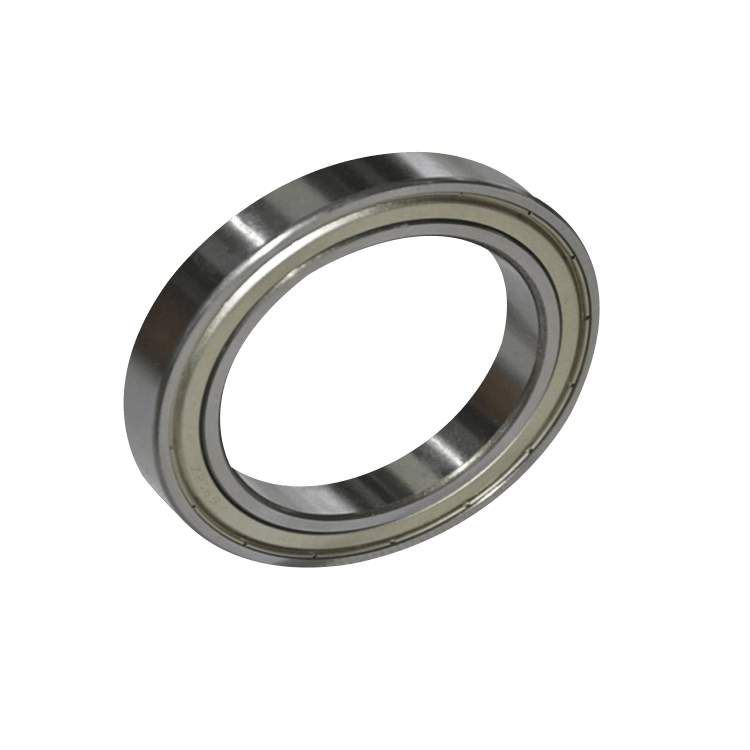Welcome to Tarso, professional special bearing manufacturer
A hybrid ceramic bearing has two distinct benefits. C […]
A hybrid ceramic bearing has two distinct benefits. Ceramic balls have a low coefficient of friction, and they require less lubrication than steel balls. Additionally, they have better thermal properties than steel balls, resulting in longer bearing life. Lastly, ceramic balls can withstand high speeds and temperatures without losing shape. Full ceramic bearings are also used in specialty applications and are often non-magnetic. They are the perfect choice for applications that require high-rpm performance.
The hybrid ceramic ball and ring combination provides better kinematic behavior, lower applied preload, and cooler operating temperatures. These features enable hybrid bearings to last for three times as long as traditional all-steel bearings. Because silicon nitride balls have a higher elastic modulus than steel balls, they are stiffer. In addition to reducing friction and drag, hybrid ceramic balls are also better at resisting extreme temperatures.
Another significant benefit of hybrid ceramic bearings is their low friction and long life. Compared to traditional steel bearings, they have 30% less thermal expansion. Ceramic balls also transfer less heat, resulting in lower initial preloads. This translates into less energy needed to move the bearing. And because ceramics are lighter and harder than steel, they are also ideal for applications where grease is not an option. If you're thinking of switching from traditional steel bearings, it's time to research the advantages of hybrid ceramic bearings.
Another advantage of hybrid ceramic bearings is their cost. They combine steel rings and ceramic balls to reduce costs. They can withstand higher speeds than full ceramic bearings while reducing centrifugal forces. The only drawback is that they are limited by the materials used for the rings. Full ceramic bearings are not recommended for shock loads or sudden impact loads as they will result in rapid wear and tear. However, this advantage makes them the best choice for applications where shock loads are expected.
The advantages of hybrid ceramic bearings are many. They can achieve high RPM and reduced friction, while steel bearings are limited to only 3,000 hours without problems. They also reduce bearing temperature by 50-60 degrees compared to conventional steel-steel bearings. In addition to reducing operating costs, hybrid ceramic bearings can increase a machine's lifetime by up to five to 10 times. However, they require frequent lube applications.
The main difference between a steel and a hybrid ceramic bearing is that the former has more strength than steel. Ceramic balls are also lighter than steel, so they can operate at lower temperatures. Moreover, they are resistant to static vibrations and solid particles. These advantages make them a more popular choice among manufacturers. In fact, a high-quality steel bearing is superior to a cheaper hybrid bearing. However, it should be noted that ceramic balls can be fragile.
Another benefit of a hybrid ceramic bearing is that they are much smoother to operate than their counterparts. In addition, they are more durable than steel bearings and require no run-in period. For these reasons, they are ideal for electric motors. A hybrid ceramic bearing can reduce grease drag by up to 80%. This means that an electric motor can work faster without experiencing a loss in performance. You should never underestimate the benefits of a hybrid ceramic bearing.
